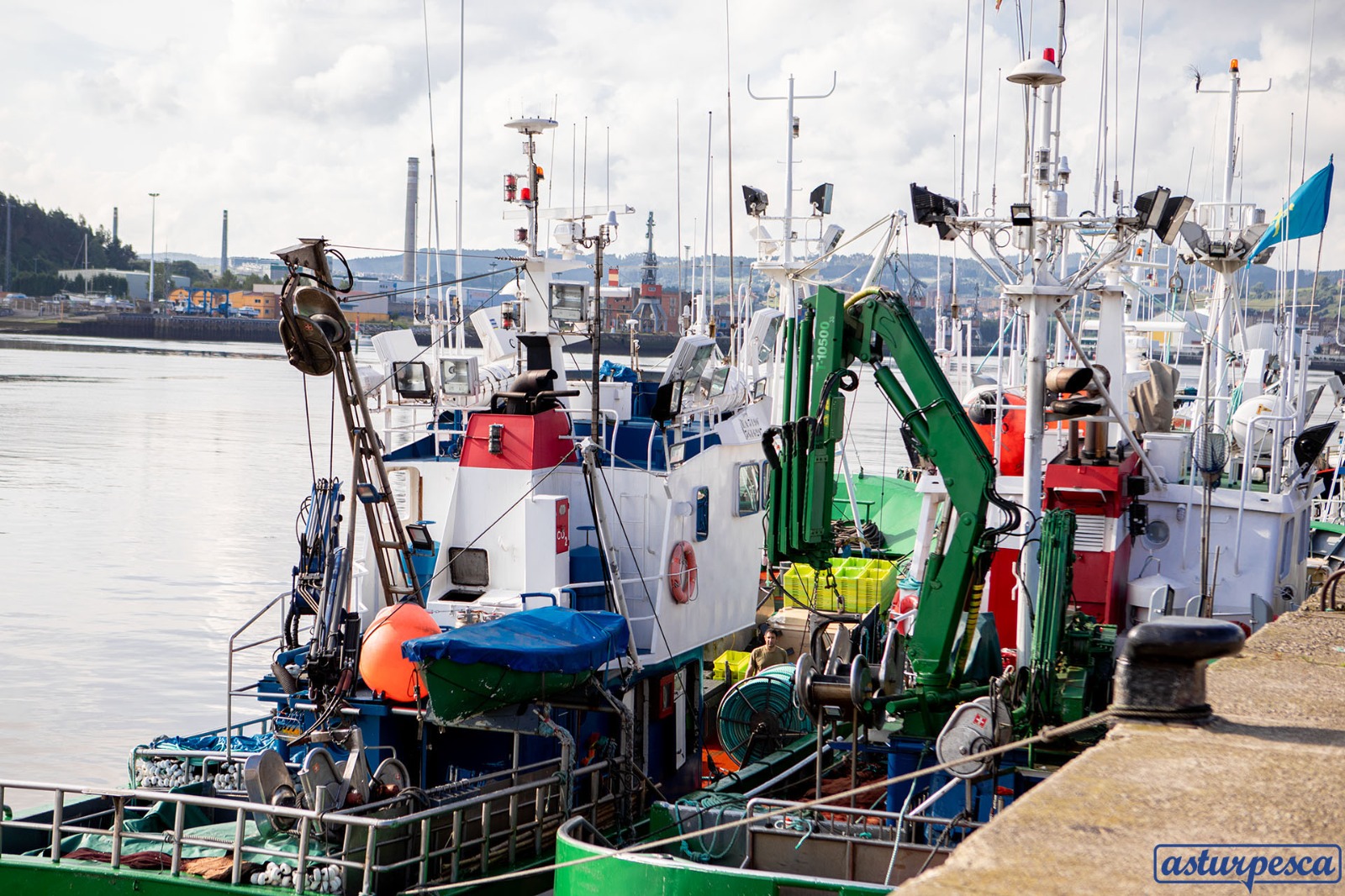The White tuna (thunnus alalunga) belongs to the tuna family and as such is a pelagic specie that lives in shallow waters only when they are temperate and deeper (up to 500 m) in warm waters.
It is in spring when it moves to the shallower waters off the coast, forming large schools.
To catch them, there are different fishing techniques, all of which are very selective, respectful of the product and considered to be “line-caught”:
Fishing with live bait:
Traditional and artisanal fishing by many of the boats that now fish in the Cantabrian Sea during the white tuna fishing season. This type of fishing requires a large number of crew members, around 15-16 per boat, to handle the rods, haul the fish on board and replenish the bait. It is fished with the boat stationary and casting the rods into the sea, once the school is detected. Anchovies are usually used as bait, which are kept alive on board in nurseries. It is a very selective and environmentally friendly type of fishing, in which there is hardly any discarded fish.
Tank fishing:
Fishing is done with a static boat. Once the fishermen detect the school of fish, they throw large quantities and jets of water mixed with live bait, generally anchovies to make the thon believe that there are fish to eat. While the thons are kept close to the boat, they are fished with big rods. It is usually done relatively close to the shore.
Trolling:
In this case, fishing is done with the boat in motion in boats with 5-6 crew members. Artificial bait is cast and it is simulated to move. This movement attracts the thon and they take the bait. The bait is usually octopus, rapala, etc.
These are the only fishing methods used in the Cantabrian Sea, although it can also be done with nets, both with pelagic nets (normally used by boats fishing in pairs) and encircling nets (used to catch these schools of fish when they keep swimming on or near the surface). These fishing gears are most commonly used in the Atlantic.

